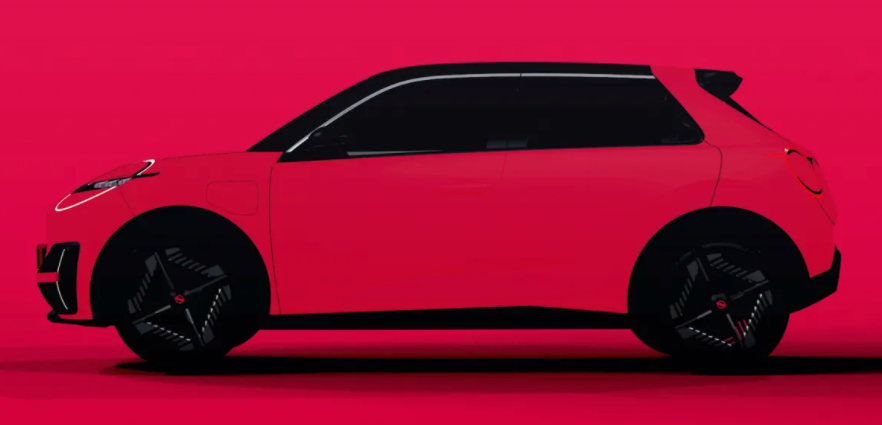Alliance powers up, starting with Micra
/A baby step begins a fresh Mitsubishi-Nissan-Renault electric push
DETERMINATION by the Mitsubishi-Nissan-Renault cabal, commonly known as ‘the Alliance’, to bang out 35 new electric cars by 2030 appears to be starting small: Micra-sized, in fact.
First off the block from a grand plan rolled out overnight is a new-generation of the city car that Nissan sought to sell in New Zealand for more than a decade.
Kiwis shouldn’t get their hopes up on Micra making a return in an all-electric format.
From what’s being said so far, the battery model - whose shape has been signalled by a series of taster images seen today - isn’t going to be for the world when it rolls out, likely in 2024. In fact, it might not even be availed in Japan. The mains-driven supermini is so far being signalled as a Europe-only car.
Nissan NZ only has one electric in the local mix, this being the Leaf. It has previously been coy about the Ariya compact crossover (above) that is now in production, but that’s not unexpected.
The local operation, centred in Auckland, appears wholly subsumed now into Nissan Australia. It last year said it did not want to offer the car across the Tasman because of the unfriendly political environment toward EVs. That determination effectively closes the door to NZ, too. Since then, Nissan Japan has shared that it intends to replace the Leaf with a compact crossover, coming out in 2025.
Of course, there’s always a chance the wind will change with last night’s announcement from the Mit-Nis-Ren Alliance.
They’ve determined to spend, between now and 2027, a shade under $39 billion on the development of five new electrified platforms, for use across each brand’s products. They also plan to ramp up the use of shared powertrains to 80 percent, a 20 percent lift.
The platforms are CMF AEV, Kei EV, LCV EV, CMF B-EV, and CMF-EV. The first two will be used for micro electric vehicles. LCV-EV platform is for commercial vehicles. CMF B-EV/EV are the underpinnings we will get to best know, as they’re for the mainstream compact, medium and large passenger models.
Nissan is developing solid-state batteries for the three brands to share. Renault’s job is to develop a “common centralized electrical and electronic architecture”. A specific aim is to introduce the Google ecosystem that Polestar alone presently uses.
The brand also say they are working with common partners to achieve real scale and affordability, enabling to reduce battery costs by 50 percent in 2026 and 65 percent by 2028.
With this approach, by 2030, the Alliance says, it will have a total of 220 GWh battery production capacity for EVs across key production sites in the world.
Beyond that, the Alliance says it shares a common vision for all-solid-state battery technology.
The Micra EV is on the CMF B-EV and appears to be Nissan’s version of the Renault 5 EV. Both vehicles will be built at Renault ElectriCity in northern France.
The images reveal a friendly-looking front end featuring big round LED daylight running lights featuring three horizontal headlight clusters in the middle, additional vertical LEDs placed on each side of the bumper, and an illuminated Nissan logo between the headlights.
At the rear, the taillights echo the round shape of the front DRLs, with other noticeable details including the short bonnet, "hidden" rear door handles, and sizable roof spoiler.
Nissan says the CMF B-EV platform "enables the companies to maintain unique styling for their respective products.”




















